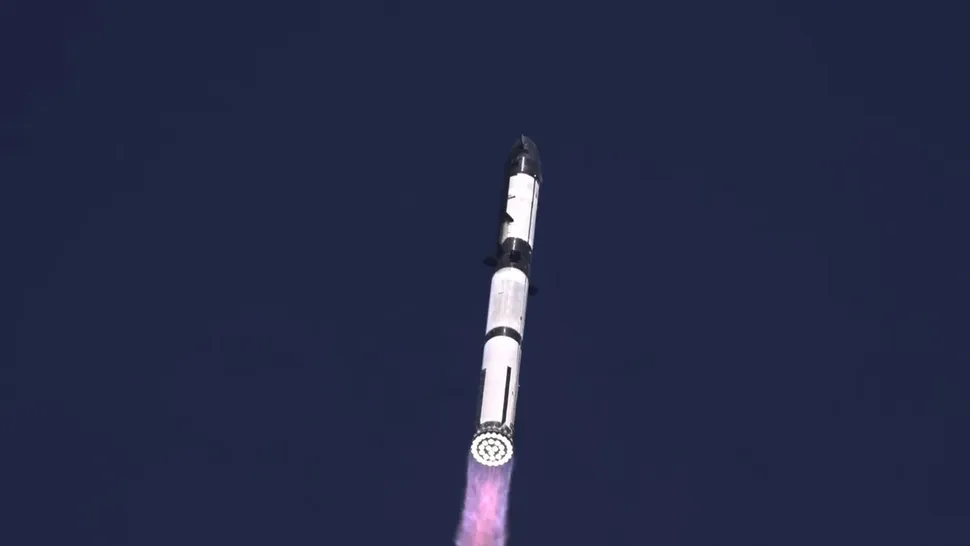Key Takeaway: The Green Light is Conditional
- FAA Approval Granted: Yes, Starship has been cleared for further flight tests. This signifies that SpaceX has addressed the concerns stemming from the anomaly experienced during the integrated flight test in April.
- Anomaly Investigation Complete: The FAA conducted a thorough review of the first flight’s data and SpaceX’s proposed corrective actions. This clearance indicates satisfaction with the steps taken.
Understanding the Expanded “Hazard Areas”
- Increased Safety Perimeter: The most notable condition is the requirement for larger “hazard areas” during future launches. This means a wider zone where public access will be restricted during flight operations.
- Precautionary Measure: This isn’t necessarily an indication of increased risk, but rather a prudent safety measure given the power and experimental nature of the Starship vehicle.
- Managing Potential Debris: These expanded zones account for a wider potential dispersion area in the unlikely event of a flight anomaly or debris fallout.
- Balancing Progress and Safety: The FAA’s decision reflects the delicate balance between fostering innovation in spaceflight and ensuring public safety remains paramount.
What the Clearance Allows SpaceX To Do
- Resume Integrated Flight Testing: The core purpose of this clearance is to allow SpaceX to continue its iterative testing program with the fully integrated Starship and Super Heavy booster.
- Focus on Unmet Objectives: Future tests will likely aim to achieve milestones not fully realized in the first flight, such as successful hot-staging (stage separation) and controlled descent of both stages.
- Gather Critical Real-World Data: Ground testing can only go so far. These flight tests provide invaluable data on the vehicle’s performance in a real operational environment, informing design improvements and software updates.
- Advance Reusability Goals: A key objective of the Starship program is full reusability of both the booster and the spacecraft. Future tests will be crucial in developing and validating the technologies required for successful landings.
Broader Implications for Space Exploration
- Giant Leap for Deep Space Travel: Starship’s capabilities, if fully realized, represent a significant increase in payload capacity and a potential reduction in the cost of accessing space, crucial for ambitions like lunar and Martian missions.
- Impact on Space Infrastructure: A successful, reusable super-heavy lift vehicle could revolutionize satellite deployment, space-based research, and even space tourism in the long term.
- International Collaboration and Competition: Starship’s progress is being closely watched by space agencies and private companies worldwide, potentially influencing the future landscape of space exploration and utilization.
What to Watch For in Future Tests
- Stage Separation: Achieving clean and successful separation of the Super Heavy booster from the Starship upper stage is a critical milestone.
- Controlled Landings: Demonstrating controlled landings of both the booster back at the launch site and the Starship vehicle (potentially in the ocean initially) will be key.
- Heat Shield Performance: For future orbital and reentry attempts, the performance of Starship’s heat shield will be crucial.
- Flight Duration and Trajectory: Subsequent tests will likely involve longer flight durations and more complex trajectories as the program matures.
The FAA’s clearance, while a positive step, underscores the rigorous regulatory oversight involved in pushing the boundaries of aerospace technology. The expanded hazard areas serve as a visible reminder of the inherent risks involved in such ambitious endeavors. However, the resumption of flight testing marks an exciting new chapter in the Starship saga, one that could ultimately pave the way for humanity’s deeper exploration of the cosmos.


